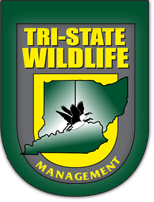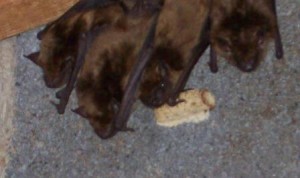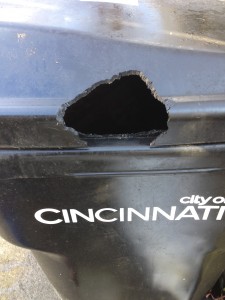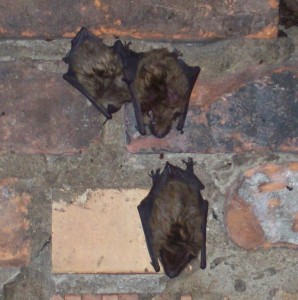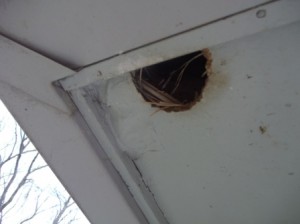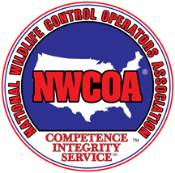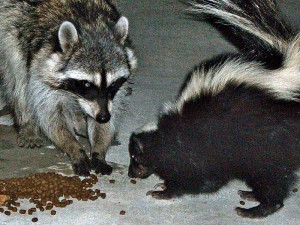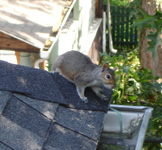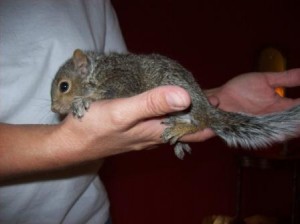For Bat Removal Services in Kentucky, Ohio, or Indiana, call Tri-State Wildlife Management! (859) 635-0037
The news media is often guilty of sensationalizing stories about rabid bats or bat colonies in buildings and the dangers involved; however, like many native wildlife a very small percentage of bats contract rabies and of that small percentage, an even smaller percentage will come in contact with humans or pets. With that said, it is always wise to practice common sense and use caution around them and avoid direct contact, as well as ensure that your pets are properly vaccinated. Bat bites and other physical contact may go undetected by individuals who are asleep, children and pets.
In addition to the foul smell and unsanitary conditions, accumulated bat droppings can support the growth of histoplasmosis, an airborne fungal disease very common in the Tri-State area. Dry attic environments usually do not support the growth of histoplasmosis spores, however attic cleanouts should never be conducted by a home or business owner! Many experts agree that the safest guano is undisturbed guano. Due to the risk of exposure during extraction, guano removal should be left to trained professionals with the proper safe and removal equipment.
We strive for the most humane and environmentally effective techniques for dealing with bats and wildlife problems. Tri-State Wildlife Management’s use of modern innovative methods provides sound wildlife management services to ensure the protection of our customers’ investments and health.
Tri-State Wildlife Management is fully insured, and we stand behind all of our work.
